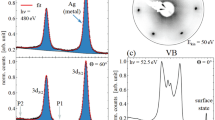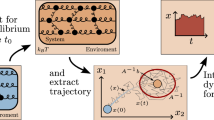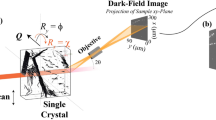Abstract
IN company, I think, with other correspondents, I have misunderstood Mr. Larden's use of the words “analytical methods.” He alluded, it is true, to resolution and taking moments, but “analytical methods,” especially when used in contradistinction to “graphical,” have a much wider and more commonly received meaning. Dr. Murray's dictionary defines modern mathematical analysis as “the resolving of problems by reducing them to equations,” and cites Hutton, “Course Math.,” 1827, “Analysis or Analytical method is that which is commonly used in Algebra.” Prof. Croom Robertson, in “Analysis” in the “Ency. Brit.,” says:—“In modern times analysis has come to mean the employment of the algebraical and higher calculus, and synthesis any direct treatment of the properties of geometrical figures, in the manner of the ancients without the use of algebraical notation or transformations.” “Analytical” is a hard-worked word, like potential and polarisation, and no doubt it may be used in Mr. Larden's. sense. The word “analytical,” in the sense of the employment of algebra and the higher calculus, is not self-explanatory, and “graphical” or “geometrical” are better for this reason than “synthetical,” unless the philosophical aspect is under discussion.
This is a preview of subscription content, access via your institution
Access options
Subscribe to this journal
Receive 51 print issues and online access
$199.00 per year
only $3.90 per issue
Buy this article
- Purchase on SpringerLink
- Instant access to full article PDF
Prices may be subject to local taxes which are calculated during checkout
Similar content being viewed by others
Author information
Authors and Affiliations
Rights and permissions
About this article
Cite this article
TROTTER, A. Graphic Methods in an Educational Course in Mechanics. Nature 70, 125 (1904). https://doi.org/10.1038/070125b0
Issue date:
DOI: https://doi.org/10.1038/070125b0



